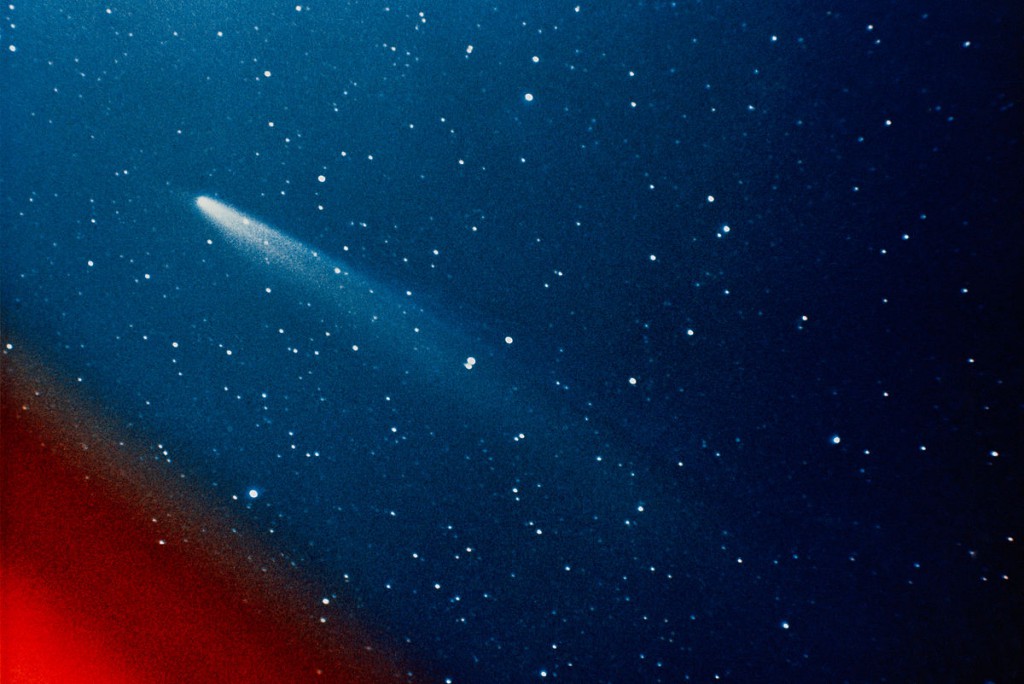 This color photograph of the comet Kohoutek (C/1973 E1) was taken by members of the lunar and planetary laboratory photographic team from the University of Arizona, at the Catalina observatory with a 35mm camera on January 11, 1974. Public Domain, https://commons.wikimedia.org/w/index.php?curid=412346
This color photograph of the comet Kohoutek (C/1973 E1) was taken by members of the lunar and planetary laboratory photographic team from the University of Arizona, at the Catalina observatory with a 35mm camera on January 11, 1974. Public Domain, https://commons.wikimedia.org/w/index.php?curid=412346
History of the Kohoutek Music & Arts Festival
On the night of December 28, 1973, Comet Kohoutek made its first Earth sighting in 150,000 years. Named after the Czech astronomer Lubos Kohoutek, the media hyped the Kohoutek comet, in anticipation of the sighting, as “the comet of the century.” However, the comet’s display was considered anticlimactic and remarkably underwhelming. Since the comet’s display fell far short of expectations, its name has become synonymous with spectacular duds.
In true Pitzer College fashion, History of Ideas Professor Emeritus Barry Sanders (1972-2003) was inspired to celebrate a spectacular dud with something spectacularly original. This idea resonated with Pitzer students and as a result, we can now recognize the Kohoutek Festival as Pitzer’s first and oldest tradition. Long live Kohoutek!
Photos
Posters/Invitations
Kohoutek in the News
T-Shirts
Are you a student or alum with Kohoutek photos or ephemera to share? Send your contributions to [email protected] and help us preserve Pitzer’s history.